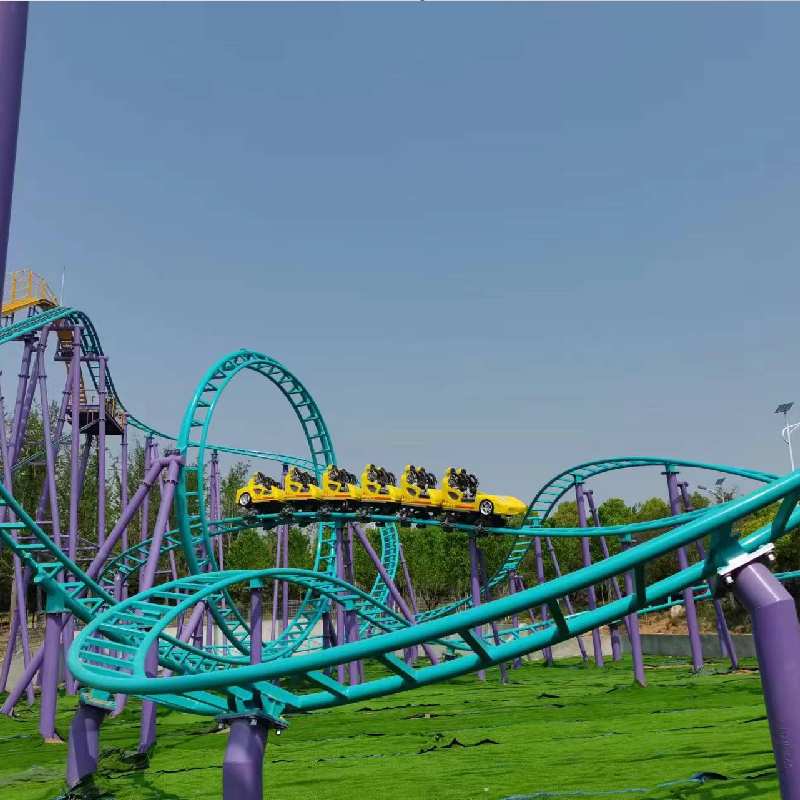Exploring the Financial Aspects of Building and Maintaining a Ferris Wheel Attraction
The Cost of Ferris Wheels A Closer Look
Ferris wheels have become iconic symbols of amusement parks and fairs around the world. Their towering structures offer magnificent views and an exhilarating experience for riders. However, the enchantment of these massive rides comes with a significant price tag. Understanding the costs associated with building and maintaining a Ferris wheel can highlight both the economic factors at play and the potential returns on investment for operators.
The Initial Investment
The initial cost of constructing a Ferris wheel can vary dramatically depending on several factors, including size, design, materials, and location. On average, a standard Ferris wheel can cost anywhere from $1 million to $10 million. Smaller, portable Ferris wheels might be available for less, but larger, stationary structures, like the London Eye or the High Roller in Las Vegas, can exceed $30 million. These grand wheels incorporate advanced engineering techniques and high-quality materials to ensure safety and durability, which naturally increases their cost.
Design and Engineering
One of the critical components influencing the cost is the design and engineering process. Creating a Ferris wheel that can safely accommodate the weight of numerous riders while withstanding various weather conditions requires meticulous planning and expertise. The design phase involves collaboration with architects and engineers who must navigate strict safety regulations and zoning laws.
Additionally, custom features like lighting systems, climate control for enclosed cabins, and unique thematic aesthetics can further inflate costs. Operators often want their wheels to attract attention, leading to investment in distinctive designs that set them apart from competitors.
Ongoing Expenses
ferris wheel cost

Once a Ferris wheel is operational, its costs do not end there. Maintenance and operational expenses can accumulate significantly. Routine inspections, repairs, and the cost of running the machinery are essential for ensuring the ride’s safety and reliability. Operators typically budget between 10-20% of the initial investment annually for maintenance purposes.
Then, there are staffing costs. Ferris wheels require operators and attendants to ensure visitor safety and provide a pleasant experience. This includes hiring, training, and compensating employees, which can add up, especially in high-demand seasons.
Return on Investment
Despite the high costs, Ferris wheels can prove to be profitable investments for amusement park operators. They generate substantial revenue through ticket sales, with prices often ranging from $5 to $20 per ride. Additionally, Ferris wheels draw guests to their locations, potentially increasing foot traffic to surrounding attractions, shops, and dining establishments.
In recent years, operators have also explored alternative revenue streams. For instance, many Ferris wheels offer private gondola rentals for special occasions, such as proposals, birthdays, or corporate events, which can command premium pricing. Furthermore, visibility from a Ferris wheel can be used for marketing and sponsorship opportunities, enhancing its profitability.
Conclusion
The cost of Ferris wheels encompasses a range of factors, from initial construction and design to ongoing maintenance and staffing. While these amusement park staples require substantial investment, their potential for profit through ticket sales and ancillary services makes them an attractive option for operators looking to create unique experiences for their patrons. As technology and design continue to evolve, the future of Ferris wheels looks promising, blending nostalgia with modern innovations that keep riders captivated for generations to come.
-
Top Amusement Equipment Manufacturer Rock n Roller Coaster & Carousel ManufacturerJun.10,2025
-
World's Scariest Roller Coaster Experience Ultimate Thrill & HeightJun.10,2025
-
Ultimate Thrill Ride Roller Coaster High-Speed, Safe AdventureMay.30,2025
-
Carousel Mansfield Rides Premium Indoor & Event SolutionsMay.30,2025
-
T3 Roller Coaster High-Thrill, Safe Ride for Theme Parks & ResortsMay.30,2025
-
Roller Coaster Cart Design Custom-Built & High-Safety Thrill Ride VehiclesMay.30,2025
